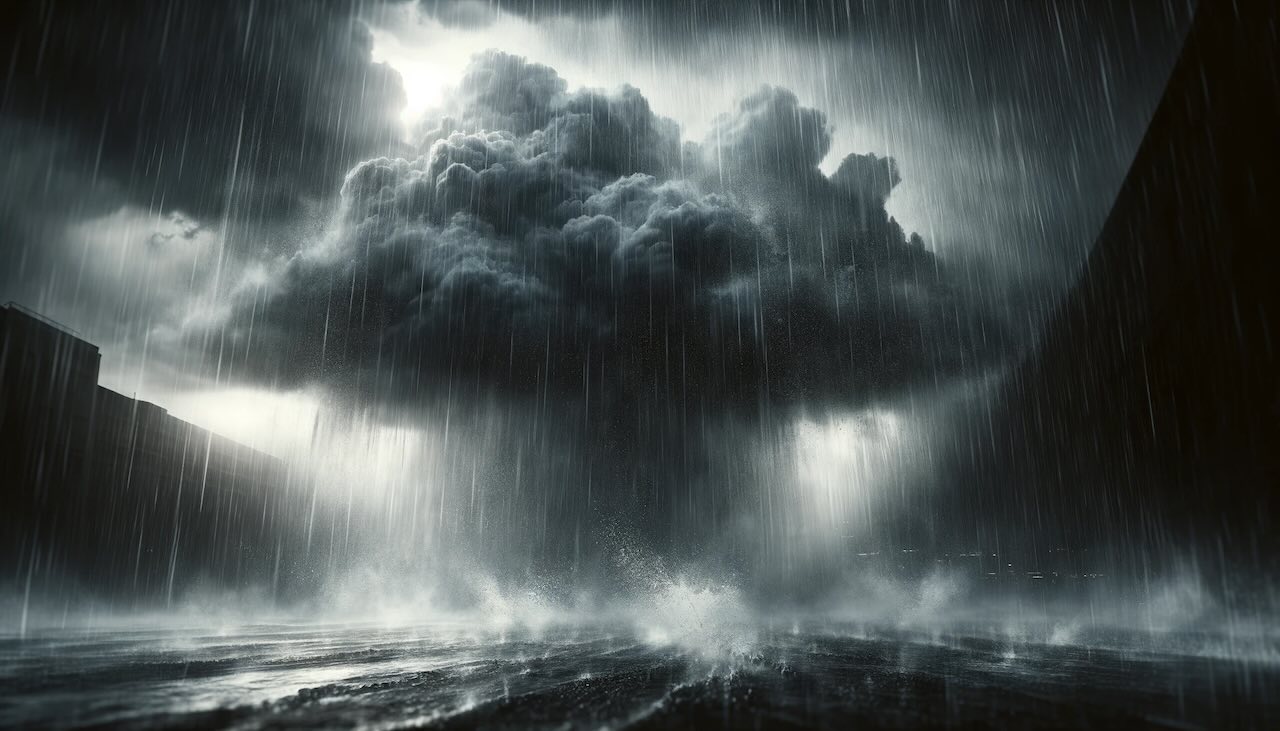If you’re visiting or living in Japan, you might often hear about heavy rain warnings on the news.
But what do these warnings actually mean, and how serious are they?
Let’s break it down in simple terms — and learn how to stay safe when the rain really pours.
What Warning-Level Heavy Rain Looks Like
Imagine standing outside with a giant bucket of water.
Now imagine someone dumping that entire bucket over your head — in just one hour!
That’s what warning-level heavy rain feels like in Japan.
Officially, it means 80 millimeters or more of rainfall in just one hour.
To picture it another way:
- A typical showerhead releases about 10 liters per minute.
- Warning-level rain is like eight showerheads pouring down on every square meter of land for a whole hour!
When Do Warnings Get Issued?
Japan’s weather experts don’t wait until the rain starts pouring.
They issue warnings based on careful forecasts to give people time to prepare.
Here’s how it works:
Heavy Rain Warning
Issued when any of the following is expected:
- 80mm or more of rain in one hour
- 100mm or more within three hours
- Continuous rain leading to 100mm or more in 24 hours
Special Heavy Rain Warning
A more serious alert, issued when:
- Daily rainfall is expected to exceed 150mm, raising the risk of dangerous landslides and flooding.
Important: These thresholds can vary depending on where you are in Japan, so it’s a good idea to learn the specific standards for your area.
Why It Matters: Real Dangers of Heavy Rain
Warning-level rain isn’t just a nuisance — it can be life-threatening.
Here are some of the dangers:
- Rivers overflowing and flooding neighborhoods
- Landslides crashing down from hills and mountains
- Urban flooding, especially in low-lying city areas
How to Stay Safe During Heavy Rain Warnings
Preparation is your best defense.
Here’s what you should do:
- Stay Updated: Follow local news, weather apps, or official alerts.
- Prepare an Emergency Kit: Include water, non-perishable food, flashlights, batteries, and first-aid supplies.
- Know Your Evacuation Routes: Identify safe paths to higher ground or local shelters.
- Follow Official Instructions: If authorities issue evacuation orders, don’t delay — move quickly.
Caught in Heavy Rain? Take These Precautions
If you’re out when the rain hits hard:
- Avoid non-essential travel.
- Stay away from swollen rivers, streams, and flooded roads.
- Never try to drive through floodwaters.
- In landslide-prone areas, keep clear of cliffs and steep slopes.
Final Thoughts: Stay Ready, Stay Safe
Understanding Japan’s heavy rain warnings is crucial whether you’re here for a short trip or living long-term.
By knowing what these warnings mean — and how to react — you can protect yourself and your loved ones during extreme weather events.
Always stay informed, keep your emergency supplies ready, and prioritize safety when the skies turn dark.
With the right preparation, you’ll be able to face Japan’s rainy season with confidence and peace of mind.





















